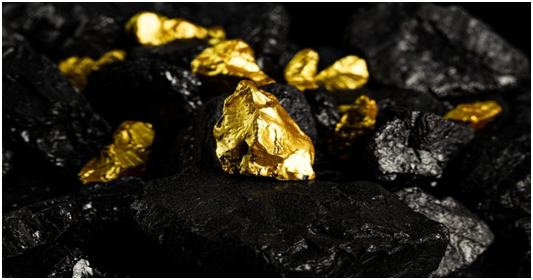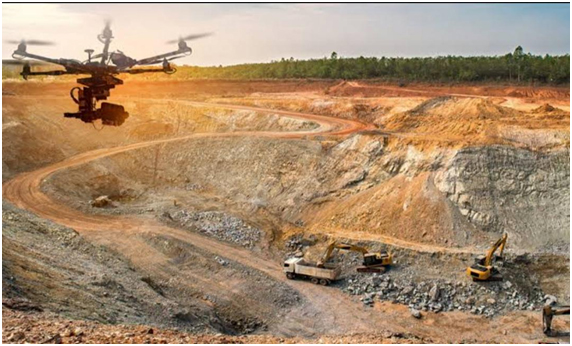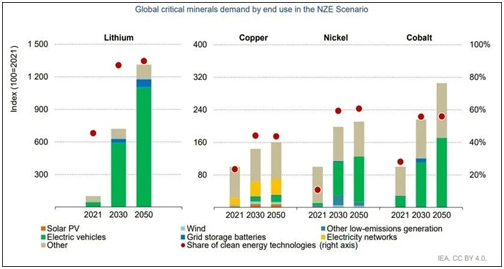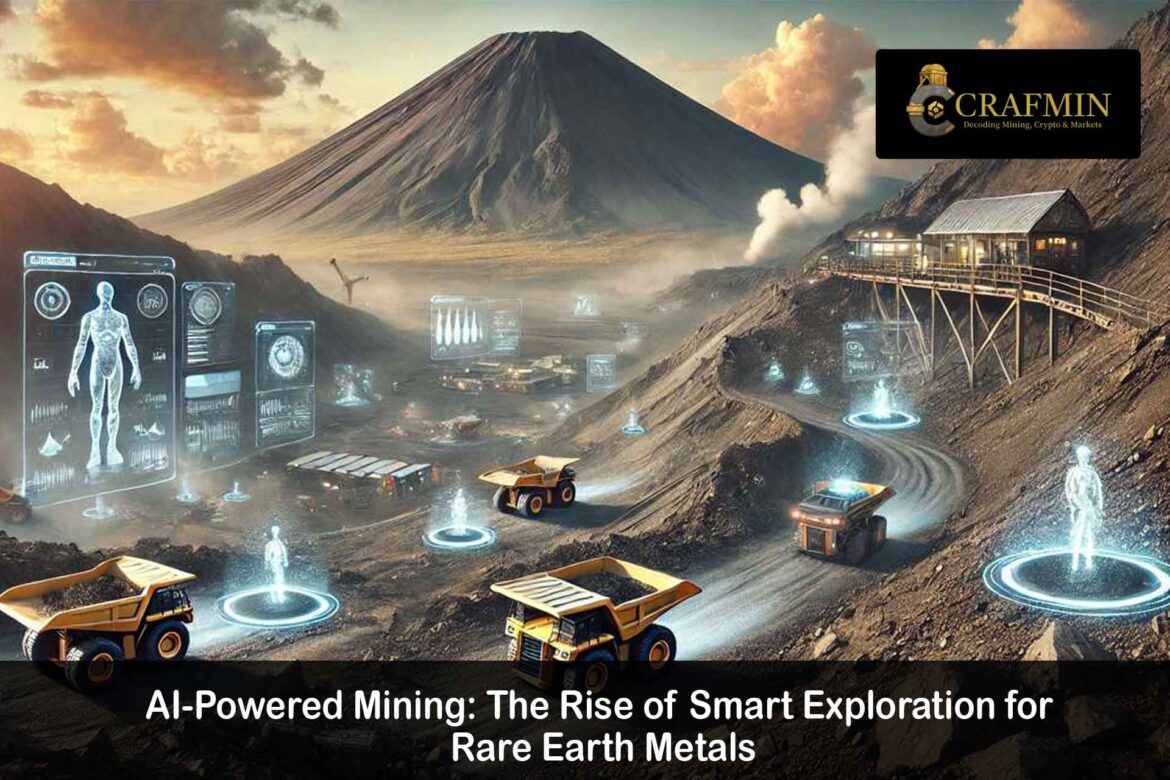The Future of Mining is Here — and It’s Smart
The global race for rare earth elements has intensified, but it’s not just about digging deeper—it’s about thinking smarter. In 2025, artificial intelligence (AI) Powered Mining is transforming how companies explore and extract rare earth metals, making mining more efficient, accurate, and environmentally responsible.

A conceptual illustration of AI-powered drilling machinery on a mine site.
Image Source: Mining Technology
From Satellite to Sample: AI’s Role in Exploration
Traditionally, mineral exploration relied on geological mapping, soil sampling, and a bit of guesswork. Now, AI Powered Mining models trained on terabytes of geospatial data, satellite imagery, and historical drilling logs can predict high-potential mining zones with uncanny accuracy.
Key Benefits of AI-Driven Exploration:
- Faster Target Identification
- Reduced Operational Costs
- Improved Drilling Success Rates
Global players like Rio Tinto and BHP have already begun deploying machine learning algorithms to pinpoint rare earth deposits previously missed by human geologists.

A satellite map showing AI-identified exploration zones
Image Source: NASA Earth Observatory
Smart Sensors & Real-Time Data: Transforming the Field
AI doesn’t stop at maps. It’s now embedded in real-time field sensors, autonomous drones, and robotic drilling rigs that transmit constant data to central systems. AI Powered Mining interprets this data to assess rock quality, mineral content, and even environmental safety in real time.
This minimizes human error and reduces environmental impact, aligning with the ESG (Environmental, Social, Governance) mandates sweeping the mining sector in the US, Canada, and Australia.

A drone scanning an open-pit mine
Image Source: Reuters: Mining Drone
Real-World Success: Smart Mining Projects in Action
- Australia: Perth-based firm SensOre uses AI to explore for lithium and rare earths, claiming 60% faster discovery cycles.
- Canada: Minerva Intelligence’s AI platform helps juniors like Glencore locate REE anomalies in British Columbia.
- US: MP Materials is integrating AI to streamline operations at the Mountain Pass rare earth mine in California.
These projects highlight a broader trend: junior and mid-cap miners leveraging AI Powered Mining to level the playing field.
Risks & Challenges: It’s Not Just Plug-and-Play
Despite its promise, AI is not without hurdles. Challenges include:
- Data Bias: Poor-quality geological data can mislead AI models.
- Tech Adoption Lag: Many miners lack the infrastructure for full AI integration.
- Workforce Training: Skilled data scientists and geologists must work hand-in-hand.
Still, with AI software-as-a-service (SaaS) tools becoming more affordable and customizable, adoption is accelerating.
What It Means for the Future of Rare Earths
With demand for rare earths expected to grow by 400% by 2035 (source: IEA), AI is not just a tool—it’s a necessity. As countries like the US, UK, and Australia ramp up their critical mineral strategies, tech-enabled mining offers a competitive edge.

Graph showing projected rare earth demand vs. current supply
Image Source: IEA Critical Minerals Outlook
Final Thoughts: A Smarter Path to a Cleaner Future
AI-powered mining exploration isn’t just about cost-cutting—it’s about unlocking new deposits in a way that’s faster, safer, and more sustainable. For investors, engineers, and policymakers, understanding this shift is crucial as the world navigates the complex future of critical mineral supply. Recent reports show how AI is reinventing mining with applications ranging from autonomous exploration to predictive analytics, signaling a smarter, data-driven future for rare earth extraction.

